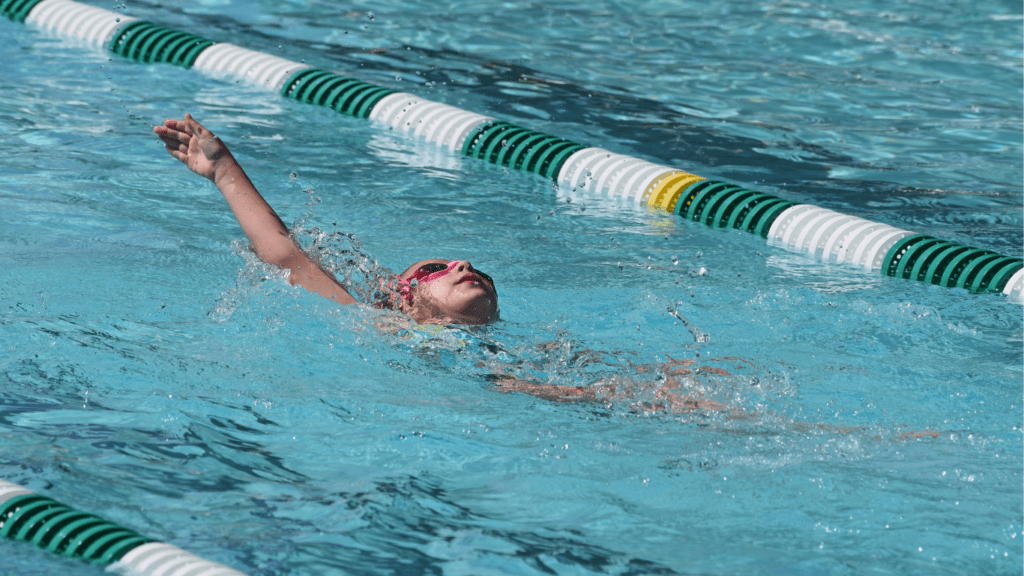Benefits of Cross-Training for Runners
Cross-training offers numerous advantages for runners, making it an essential component of any well-rounded training regimen. Here are two key benefits.
Improved Cardiovascular Health
Cross-training improves cardiovascular health in multiple ways. Activities like:
- cycling
- swimming
engage different muscle groups while elevating heart rate.
This cardiovascular engagement enhances stamina, allowing runners to maintain peak performance levels over longer distances.
According to the American Heart Association, engaging in various aerobic exercises boosts heart efficiency and overall cardiovascular health. Incorporating these activities ensures a more robust cardiovascular system.
Reduced Risk of Injury
By varying physical activities, cross-training reduces the risk of injury. Running constantly stresses the same muscles and joints, increasing the likelihood of overuse injuries like shin splints and stress fractures.
Cross-training allows those specific muscle groups to recover. For instance, integrating strength training helps build muscle resilience, while yoga enhances flexibility, reducing strain.
Physical therapists often recommend cross-training to diversify physical stress, thereby decreasing repetitive strain.
Popular Cross-Training Activities That Benefit Runners

Cross-training can complement running by engaging different muscle groups and improving overall fitness. Here are some top activities that provide substantial benefits for runners.
Cycling
Cycling serves as an excellent low-impact cardiovascular workout. It targets muscles like quadriceps, hamstrings, and calves, which are essential for running power and speed.
A 30-minute moderate cycling session at 12-14 mph can burn around 260 calories and improve leg strength without the pounding stress of running, making it ideal for recovery days. Consider incorporating both outdoor rides and stationary biking into your routine.
Swimming
Swimming provides a full-body workout while being gentle on joints. This activity engages core muscles, shoulders, and legs, improving overall strength and endurance.
Regular swimming enhances cardiovascular health and lung capacity. A 30-minute vigorous freestyle swim can burn approximately 255 calories. Additionally, swimming’s water resistance promotes muscle tone and flexibility, reducing the risk of overuse injuries.
Yoga
Yoga enhances flexibility, balance, and mental focus, which are crucial for running efficiency. Practicing yoga improves muscle elasticity, aiding in quicker recovery and reducing stiffness.
It targets various muscle groups, including the core, hips, and legs. For instance, poses like downward dog and pigeon help stretch and strengthen the hips and hamstrings.
Regular yoga sessions can complement running by improving posture, alignment, and relaxation.
How to Incorporate Cross-Training into Your Routine
Integrating cross-training into your running regimen boosts overall performance and reduces injury risk. Focus on creating a balanced schedule and understanding frequency recommendations.
Creating a Balanced Schedule
A balanced schedule involves varying workouts to target different muscle groups and prevent overuse. Plan cross-training activities on non-running days.
Incorporate activities like cycling on Mondays and Fridays, swimming on Wednesdays, and yoga sessions on Sundays. This strategy gives your muscles a chance to recover while continuing to build strength and endurance.
Ensure one complete rest day weekly to let your body fully recuperate.
Cross-Training Frequency Recommendations
Aim for two to three cross-training sessions weekly. Adjust based on your current fitness level and running frequency.
Beginners might start with two sessions to avoid overwhelming their bodies, while experienced runners can engage in up to three sessions for optimal benefits.
Include at least one low-impact activity, such as swimming or yoga, to reduce stress on joints. Keep each session between 30 to 45 minutes to maintain intensity without causing fatigue.
Monitoring Progress and Adjustments
Cross-training benefits runners only when tracked and adjusted for optimal performance. Evaluating improvements and knowing when to modify activities ensure you meet your running goals.
Tracking Improvements in Running Performance
Monitoring key metrics indicates your progress. Track mile times, heart rate, and recovery duration. These indicators show if cross-training enhances your performance.
- Mile Times: Track your pace during various distances. Faster times suggest increased endurance and speed.
- Heart Rate: Monitor resting and active heart rates. Lower resting rates indicate improved cardiovascular health.
- Recovery Duration: Measure how quickly you recover post-workouts. Shorter durations imply better muscle resilience.
Tools like GPS watches and heart rate monitors simplify tracking these metrics. Maintain a log for accurate comparisons over time. Use this data to adjust your cross-training routine, ensuring continuous progress.
When to Modify Cross-Training Activities
Adapt your routine based on performance data and physical feedback. Modify exercises if:
- Performance Plateaus: If progress stagnates, incorporate new activities to challenge different muscle groups.
- Injury Occurrence: Frequent injuries signal the need for low-impact alternatives. Switch to swimming or pilates.
- Training Goals: Match activities to specific running goals. For speed improvement, add high-intensity interval training (HIIT). For endurance, focus on longer sessions of cycling.
Listen to your body and adjust based on performance logs to maximize running benefits.



